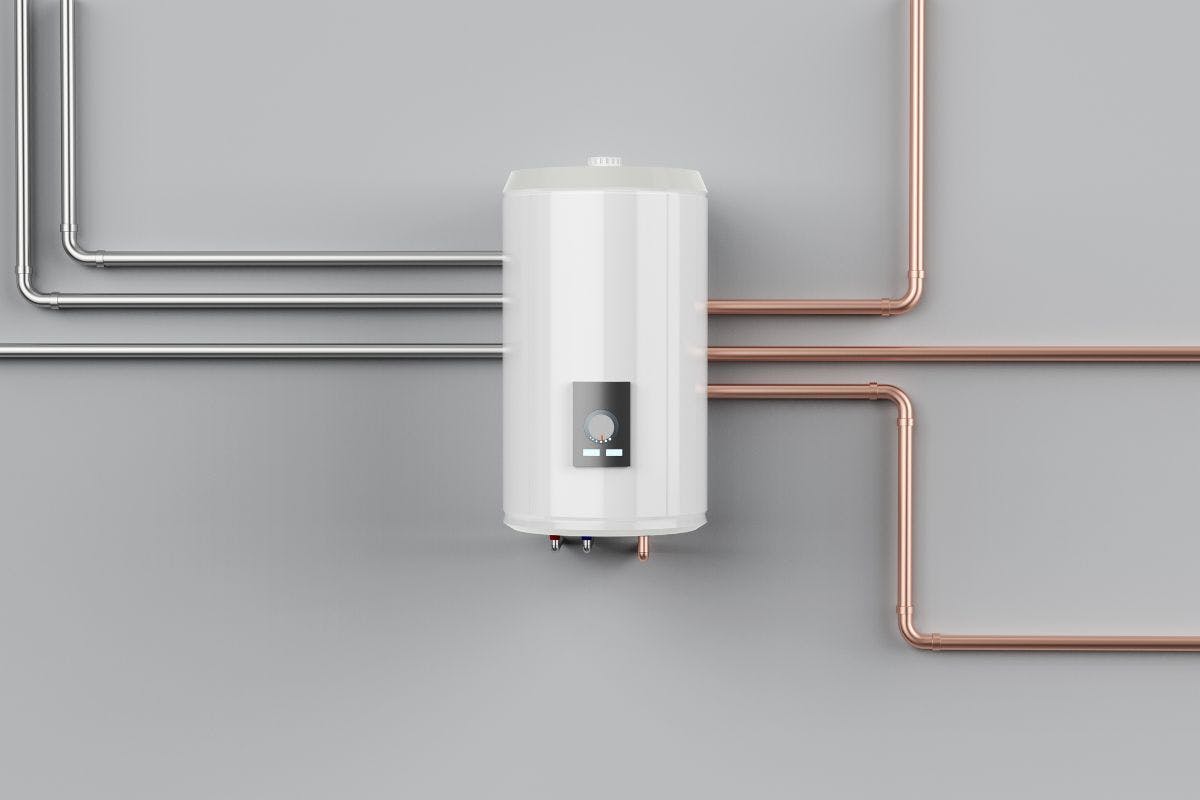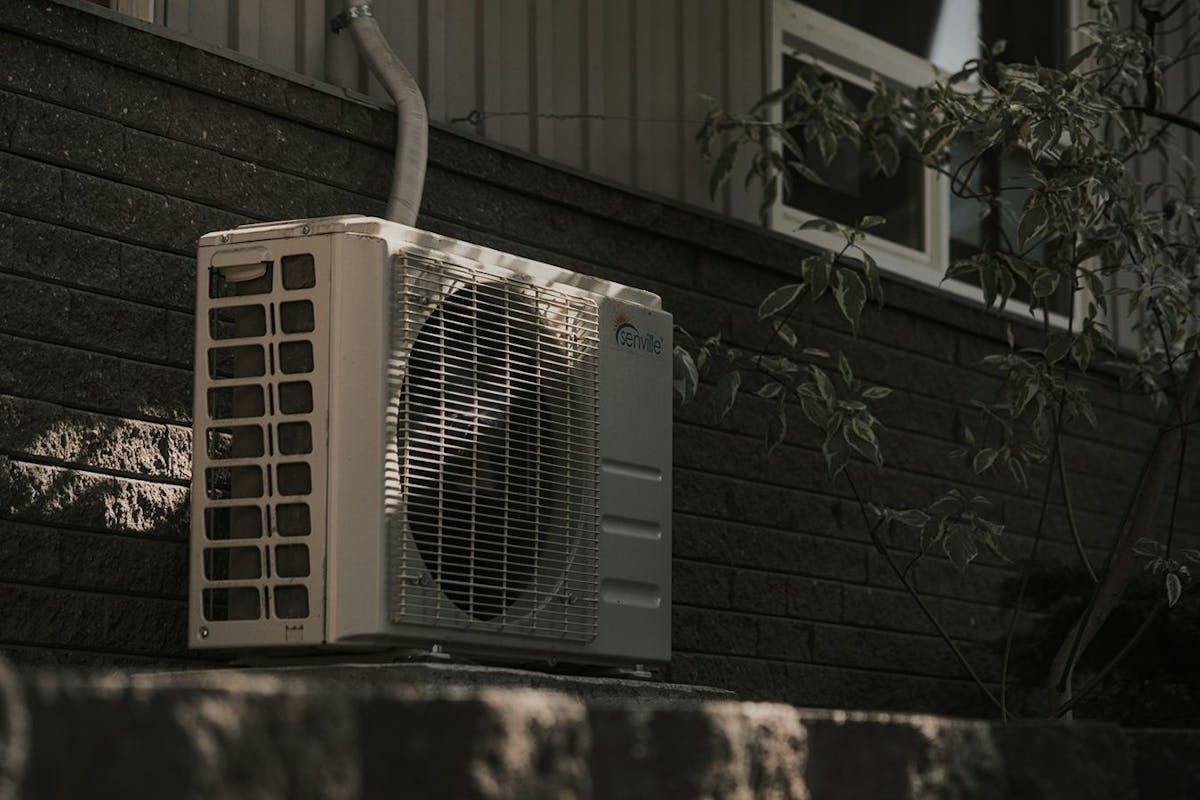How to Adjust Your Water Heater’s Temp to Save Money
Last edited

Author
Andrew Giermak
Solar and Electrification Writer and Editor

Editor
Andrew Blok
Electrification and Solar Writer and Editor

Water heating accounted for 18% of the energy consumed by the average American home as of 2020. You may not know you can save money without replacing your water heater by simply turning down its temperature. . Lowering the temp from 140 to 120 degrees can reduce your monthly utility bills and, in most homes, you won’t even notice the change.
Here’s a quick guide on how to adjust a water heater’s temp and how to safely adjust your water heater’s settings.
See how much you can save with home energy changes
What temperature should you set your water heater to?
For most water heaters, 120 degrees Fahrenheit is the recommended temperature for safety, energy efficiency, and health. While many water heaters are factory-set to 140 degrees, lowering the temperature can have significant benefits.
- Energy savings: Reducing the temperature by 10 degrees can save 3-5% on your energy bill.
- Safety: A setting of 120 degrees greatly reduces the risk of burns. Water at 140 degrees can cause a third-degree burn in as little as five seconds, a risk especially dangerous for children and the elderly.
- Longer lifespan: A lower temperature setting slows the buildup of mineral deposits or scale in the tank and pipes, which helps maintain efficiency and extends the lifespan of your plumbing and water heater.
If you are looking for more significant improvements, you might also consider upgrading to a heat pump water heater or a tankless water heater.
There are valid reasons to leave your water heater’s temperature at 140 degrees. One, if you have a high demand for hot water, which could be due to a larger household or certain appliances. An older dishwasher, for example, may not have its own heating element and require hotter water for effective cleaning.
Additionally, a higher temperature is a critical safety measure in specific health-related situations according to the Centers for Disease Control and Prevention. For households with immunocompromised individuals or those with a chronic respiratory disease, a 140-degree setting is necessary to kill bacteria like Legionella that can grow in warm water.
See how much you can save with home energy changes
How much can you save by adjusting your water heater?
Reducing your water heater's temperature from 140 to 120 degrees can cut your water heating energy costs by 6-10%. The exact amount you save will depend on factors like local utility rates, tank size, and water usage.
This adjustment also saves you money on reduced standby heat loss—the heat that escapes from water on standby in the tank. The Department of Energy estimates this can save an average household $36-$61 per year.
The Department of Energy estimates this change can reduce your annual water heating energy consumption by 4-22% and spending less on hot water across all home uses and appliances can save more than $400 a year. While savings depend on your local electric and gas rates, electric water heaters generally see a slightly greater reduction in cost.
How to change the temperature on your water heater
Changing the temperature on your home water heater is a fairly easy task, but turning power off to the heater before working on it is a critically important safety step. When in doubt, ask the technician when they're next at your house to service your water heater.
For electric water heaters:
- Turn off the power: Turn off the electricity to the water heater at your electrical panel to prevent electric shock.
- Remove access panels: On the tank, there are normally two panels. Remove them with a screwdriver.
- Pull back insulation: After opening the panels, there could be insulation you need to move to get to the thermostat and dials.
- Adjust the thermostats: You might need a flathead screwdriver. Set both thermostats to the same temperature.
- Replace insulation and panels: Replace everything and secure the panels.
- Turn the power on: Turn the power on at the circuit breaker.
For gas water heaters:
- Find the temperature dial: It is usually on the bottom of the tank, on the gas control valve.
- Adjust the dial: Turn it to 120 degrees, or sometimes it’s a “warm” or “vacation” setting.
- Wait then check: Wait a few hours, then you can check the water temperature at a faucet with a thermometer.
If you’re interested in more ways to save energy (and money) at home, download the new Palmetto app or explore Palmetto’s Savings Maximizer. You can also learn more about home solar panels and get a solar estimate for your home with our solar savings tool.
See what home electrification can do for you:
Frequently asked questions
What temperature should a water heater be set at?
Water heaters are typically factory set at 140 degrees Fahrenheit. For most homes, a water heater can be set at 120 degrees for energy savings and a safe water temperature.
How to adjust temperature on an electric water heater?
Adjusting your water heater temp involves a few steps. First, turn off the electricity to the water heater before doing any work with it. Then, remove any access panels, find the thermostats and adjust them. Then, replace the panels and turn the power on.
Can I set my water heater below 120 degrees?
You can, but it’s not recommended. Water cooler than 120 degrees is susceptible to bacterial growth and can cause illnesses.


